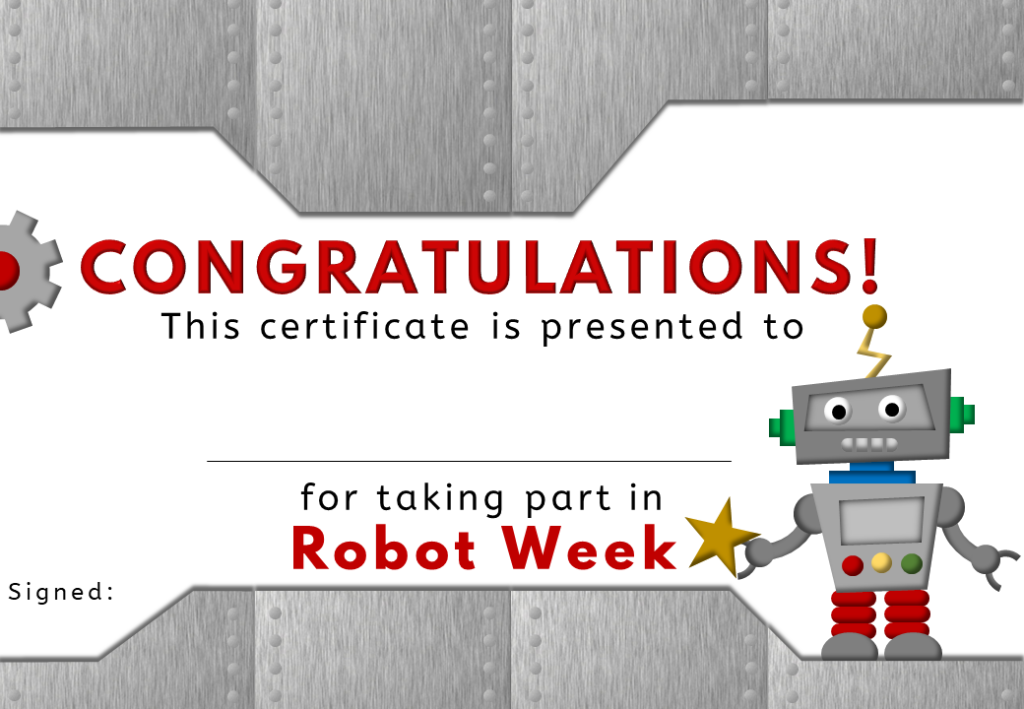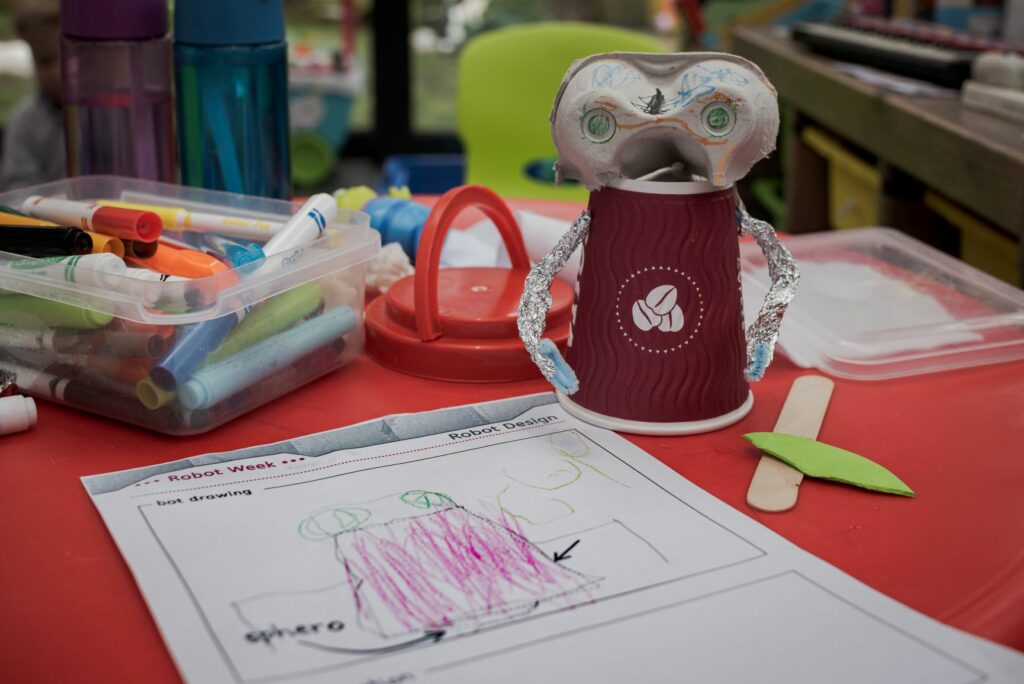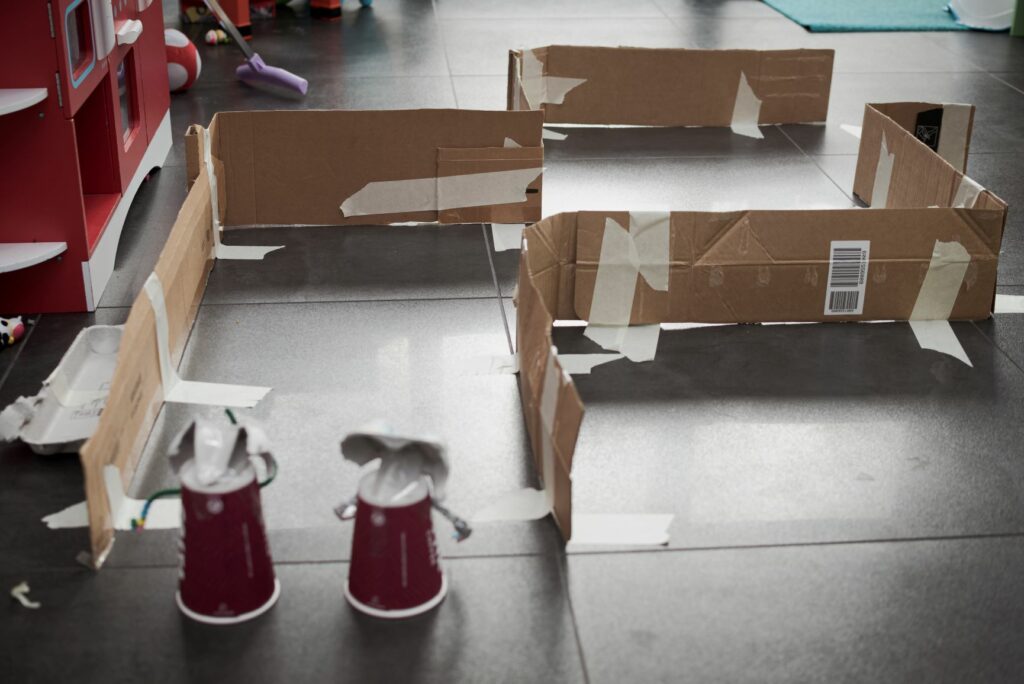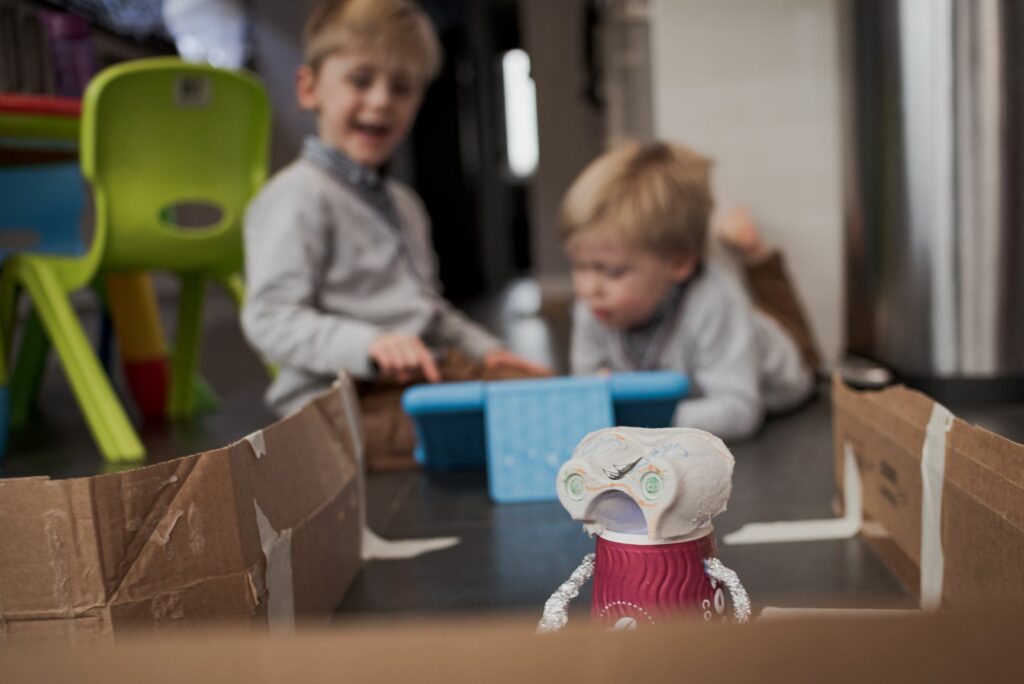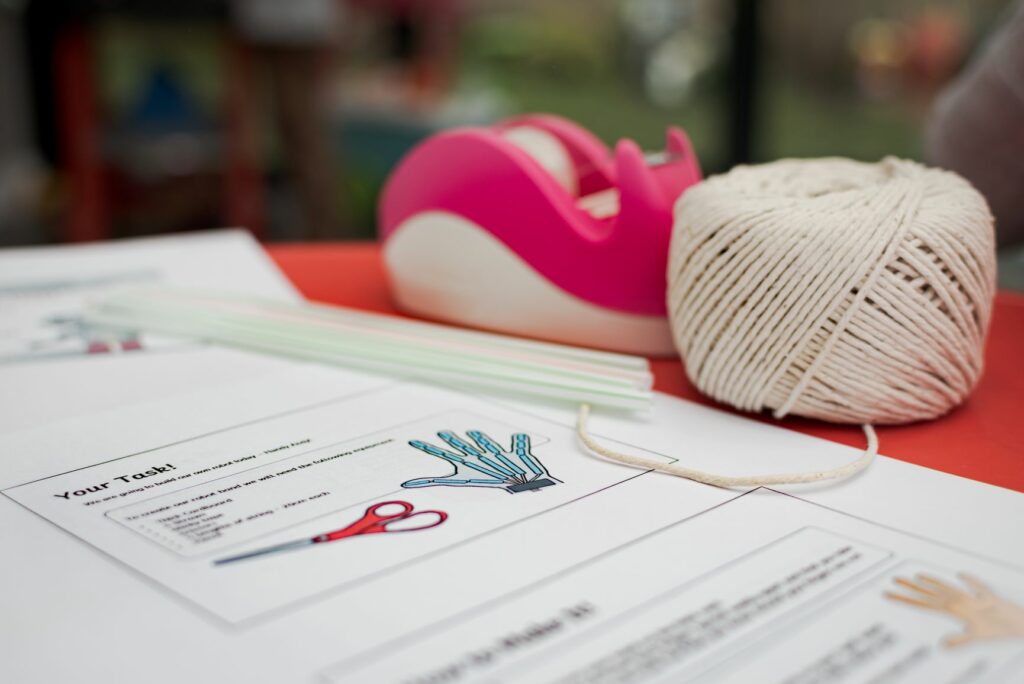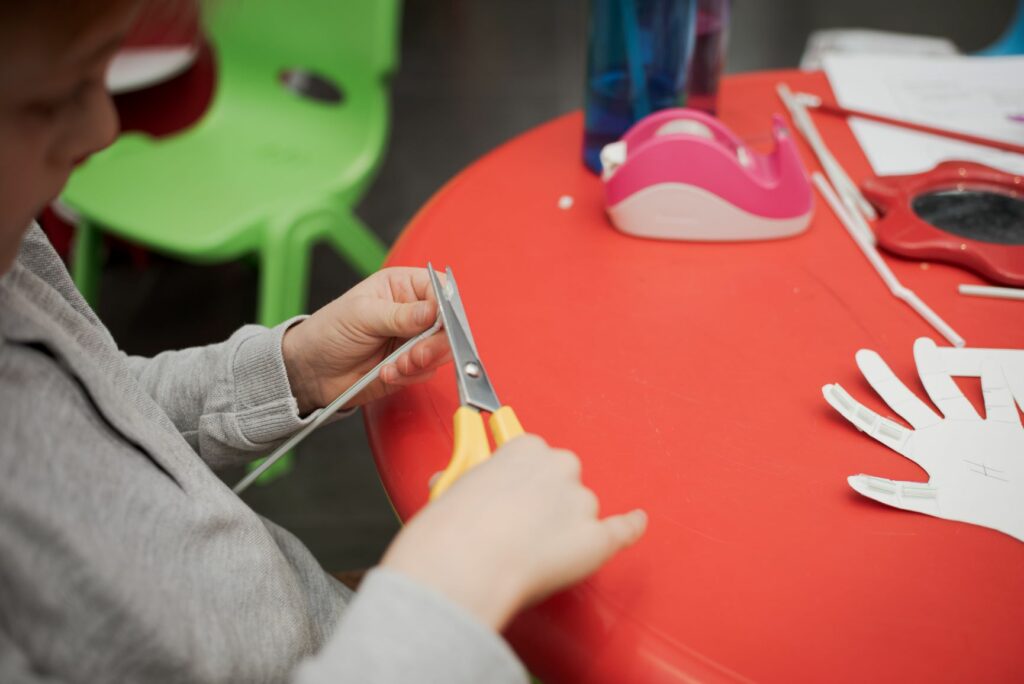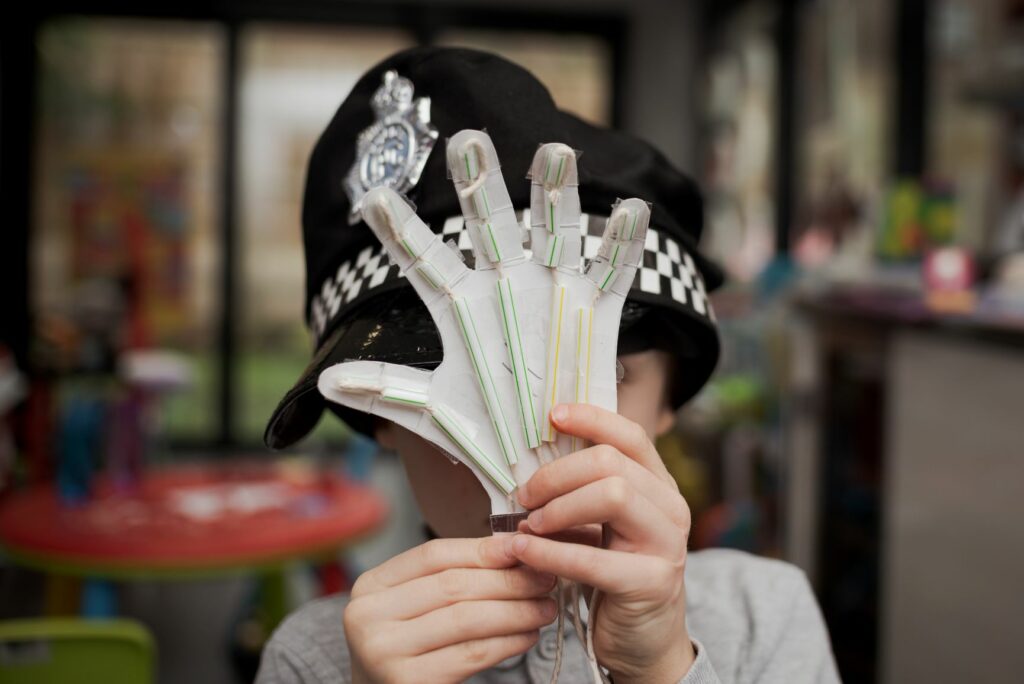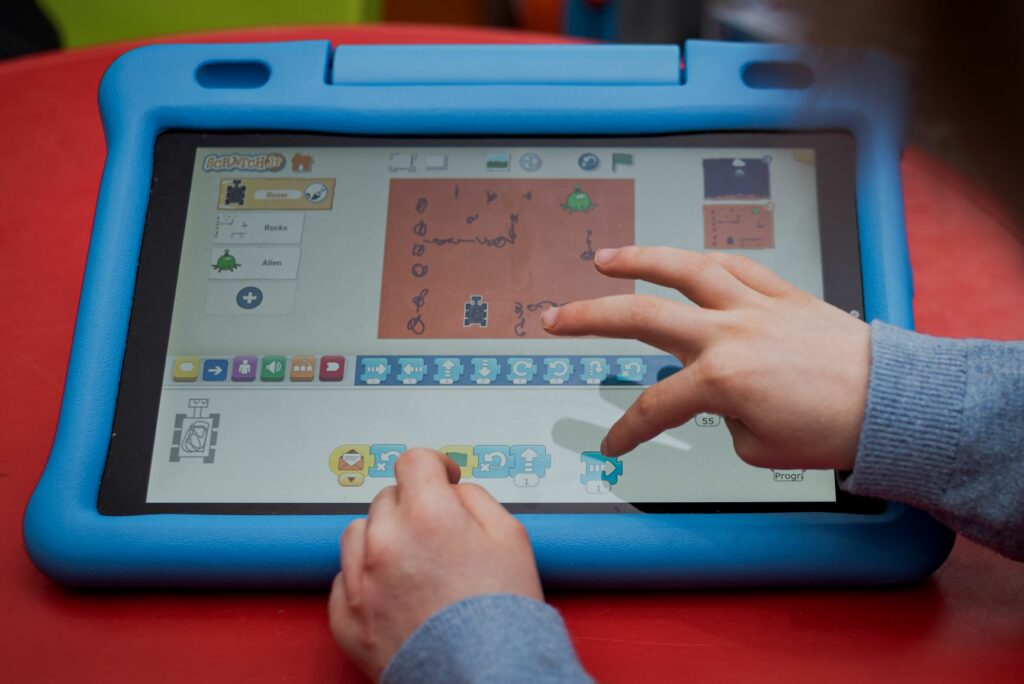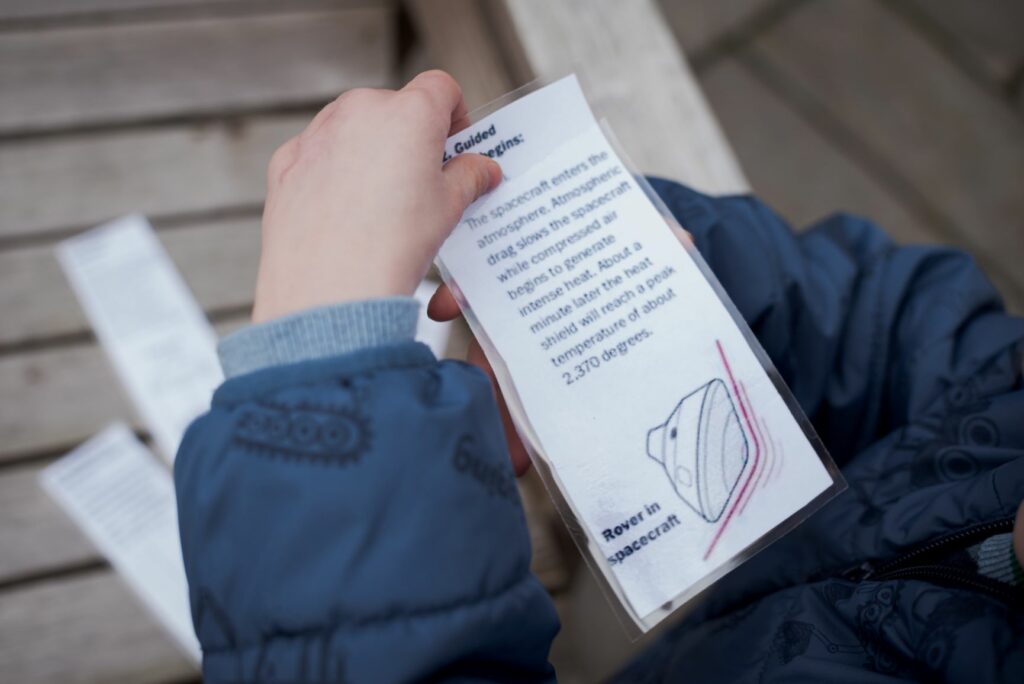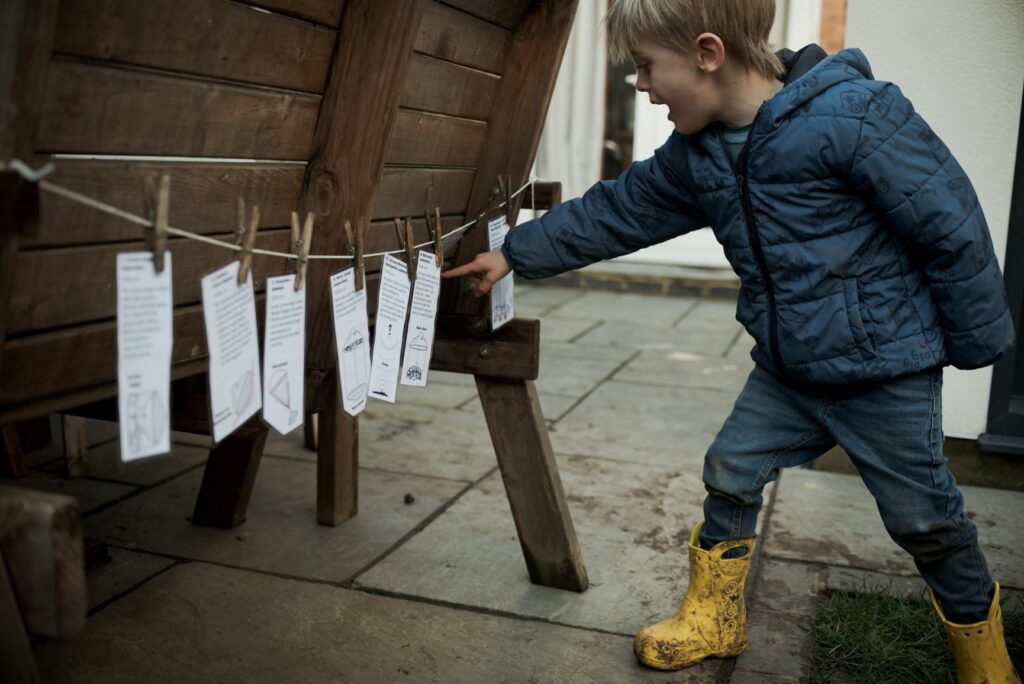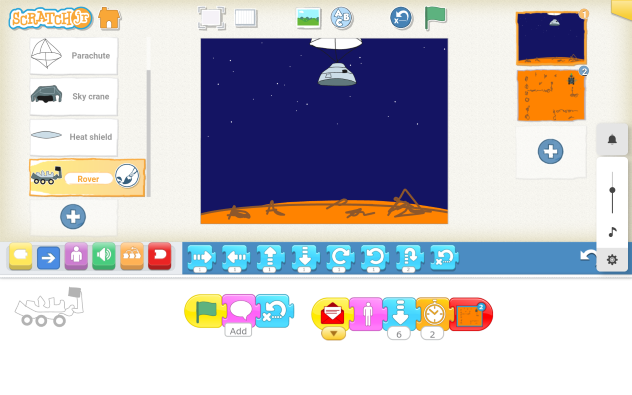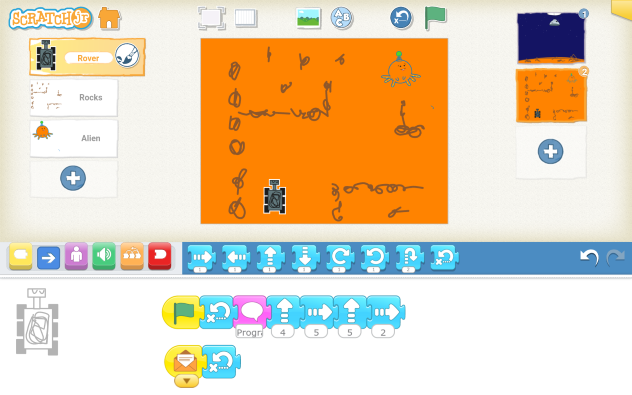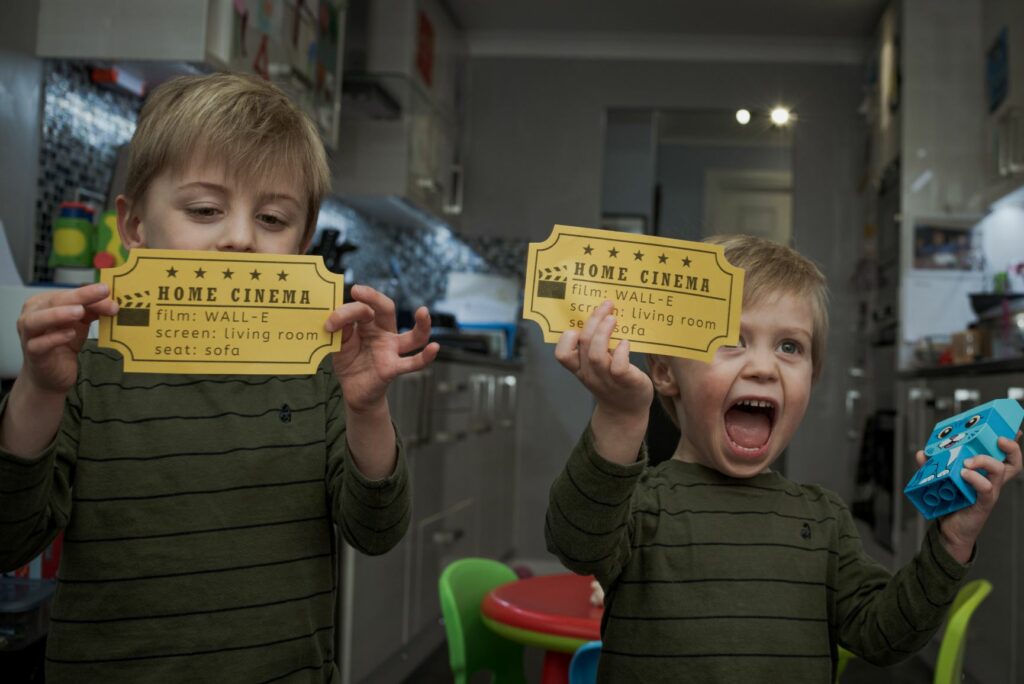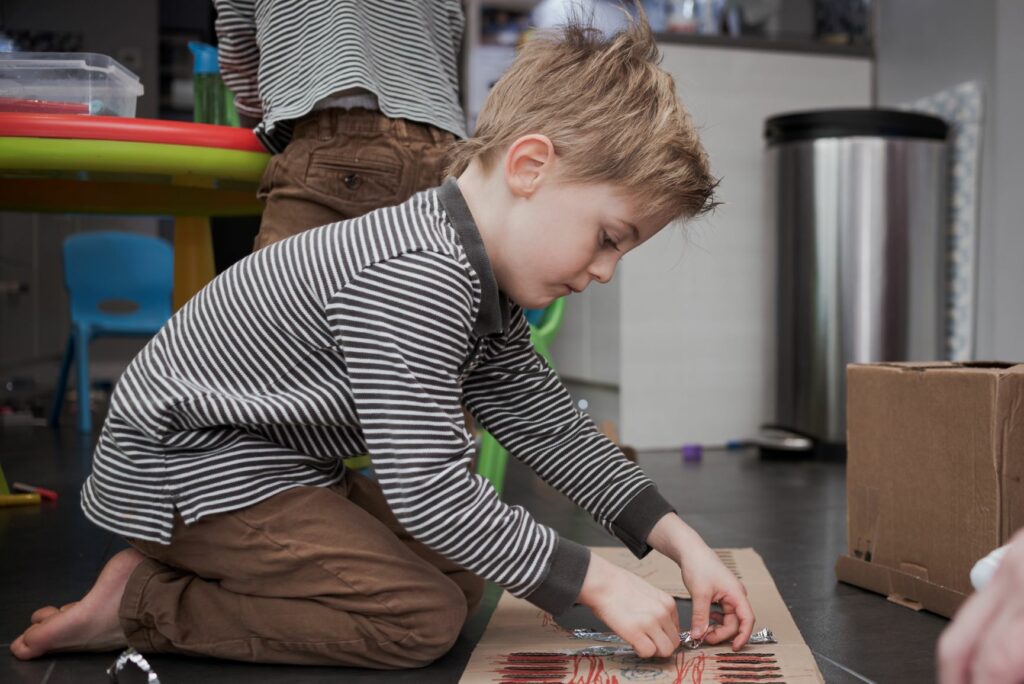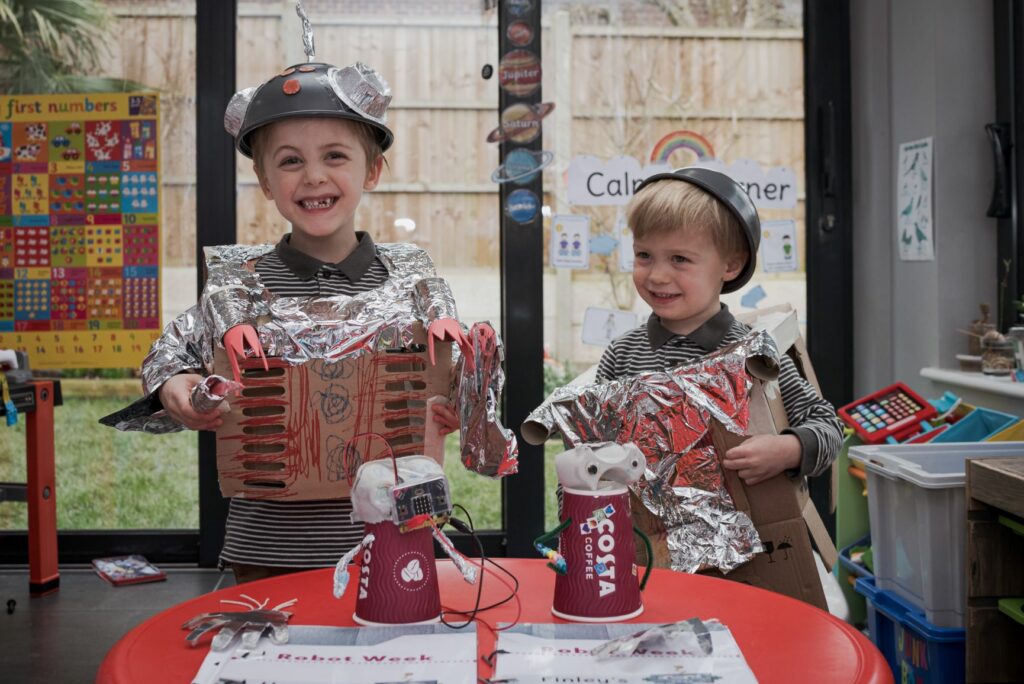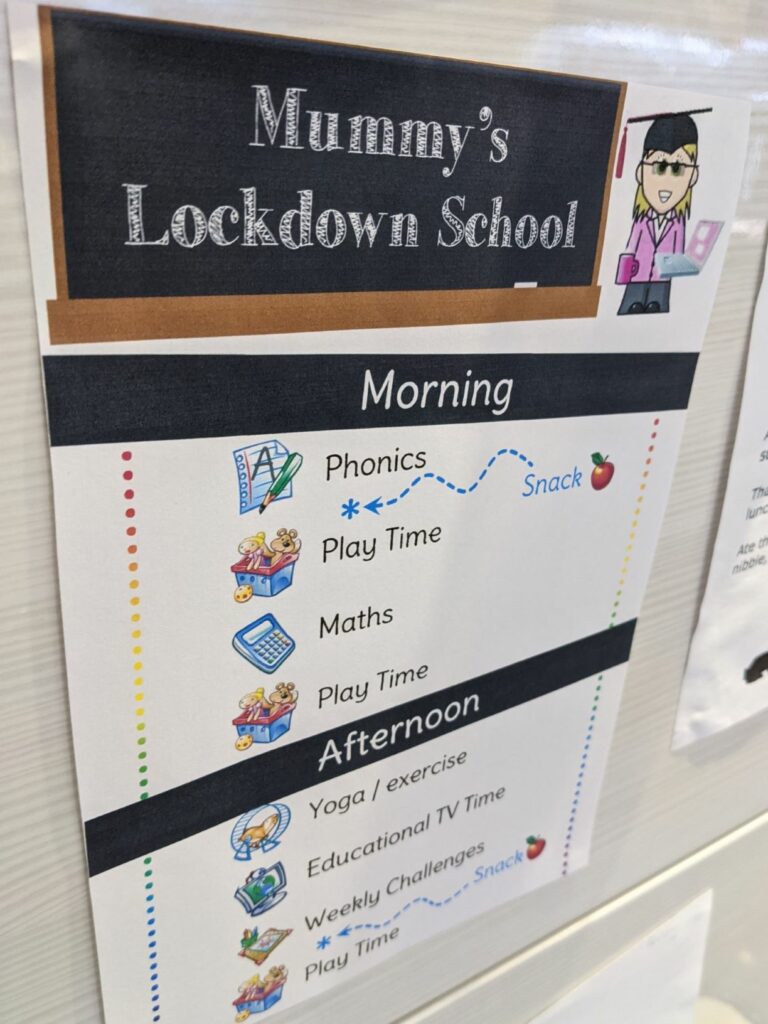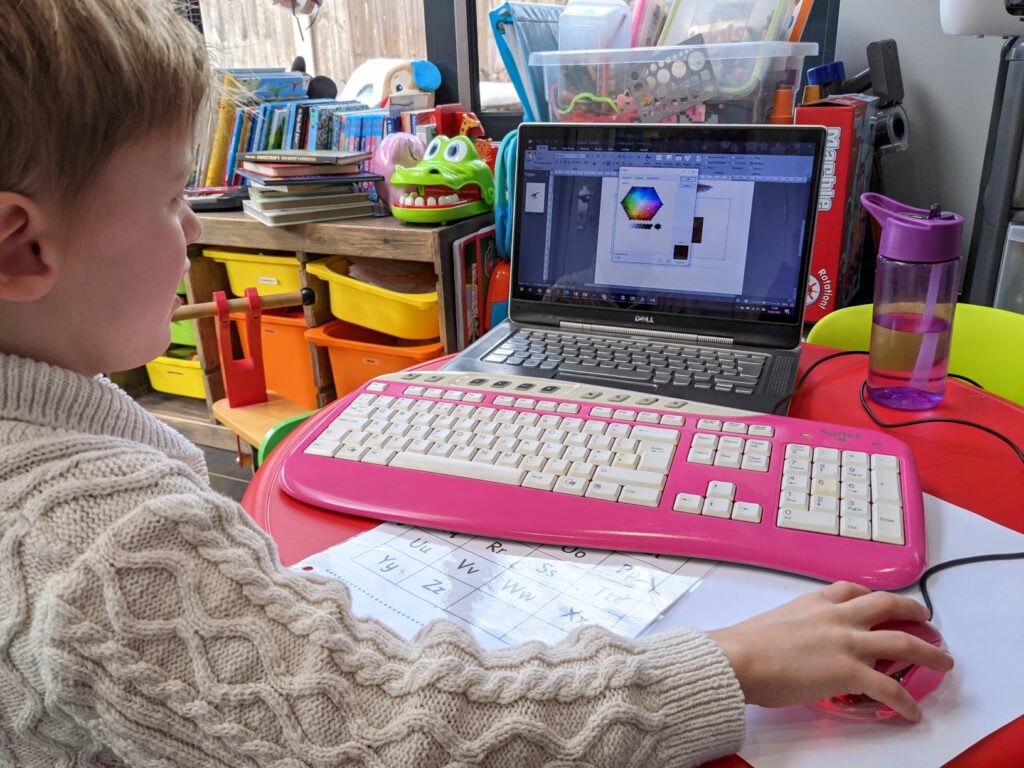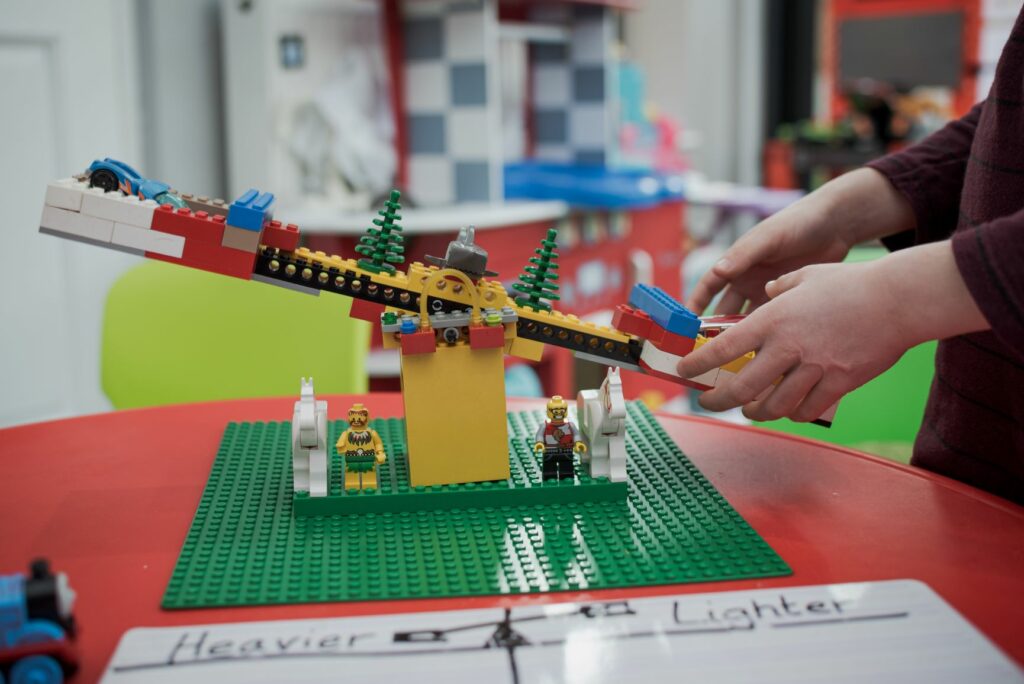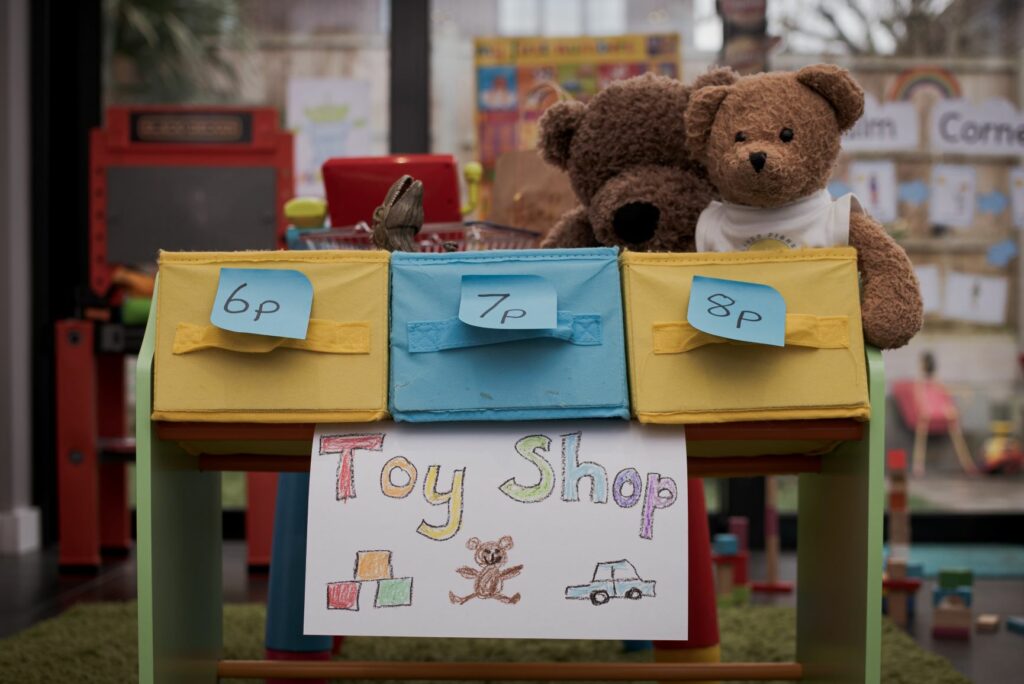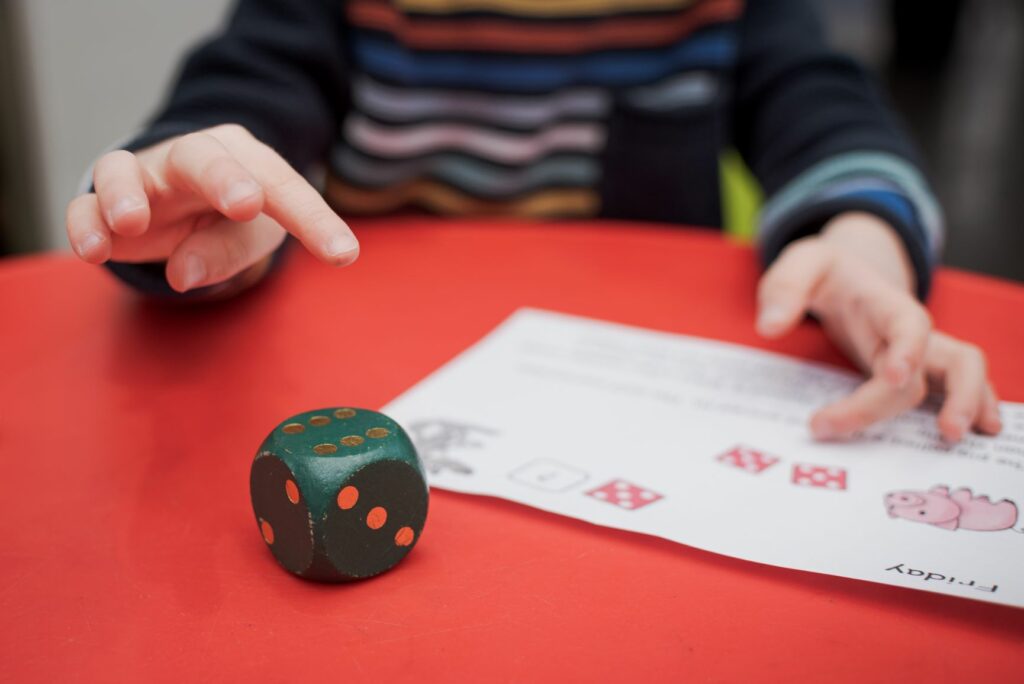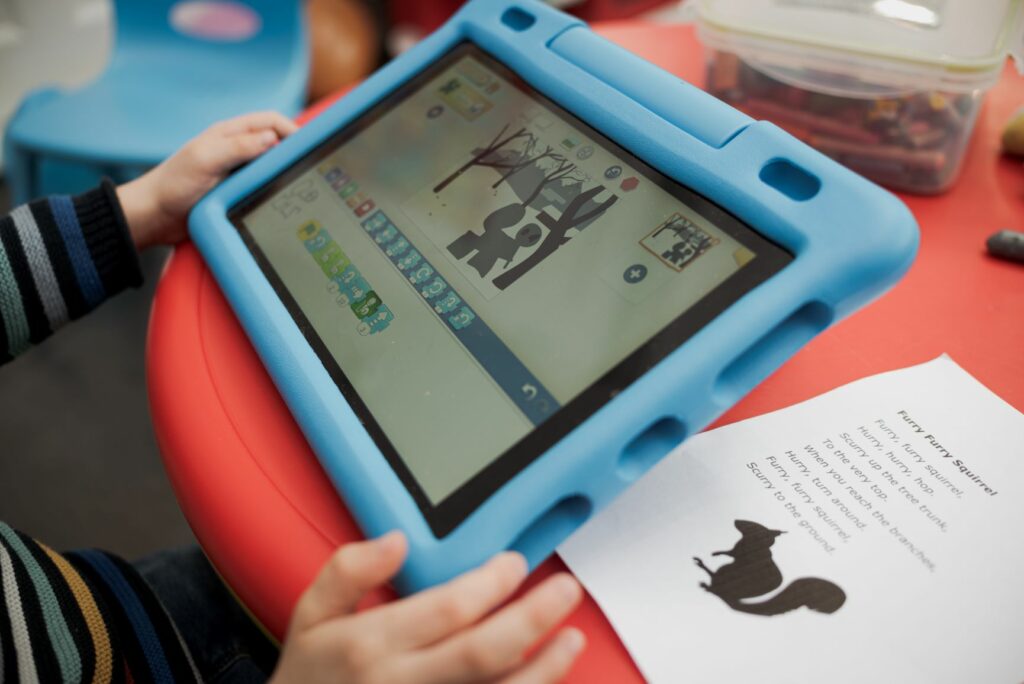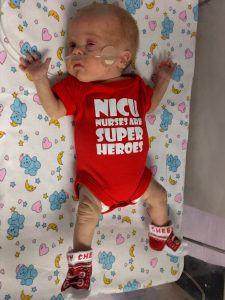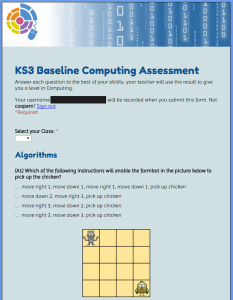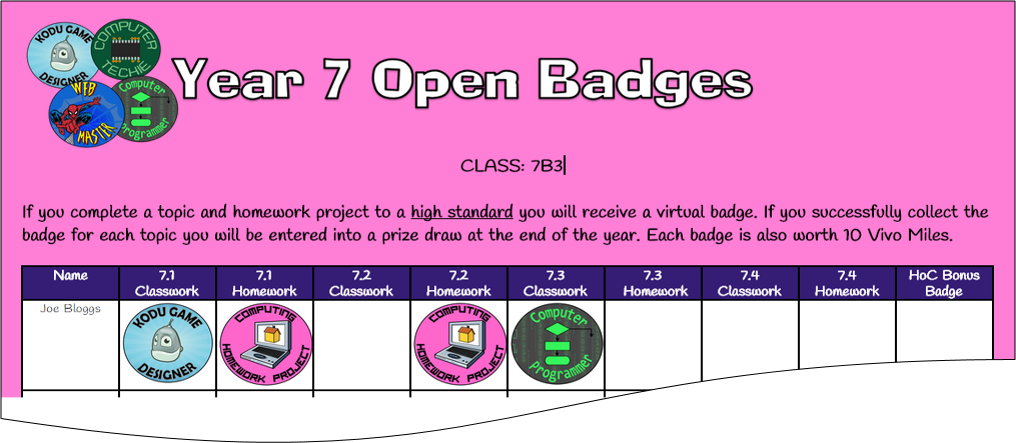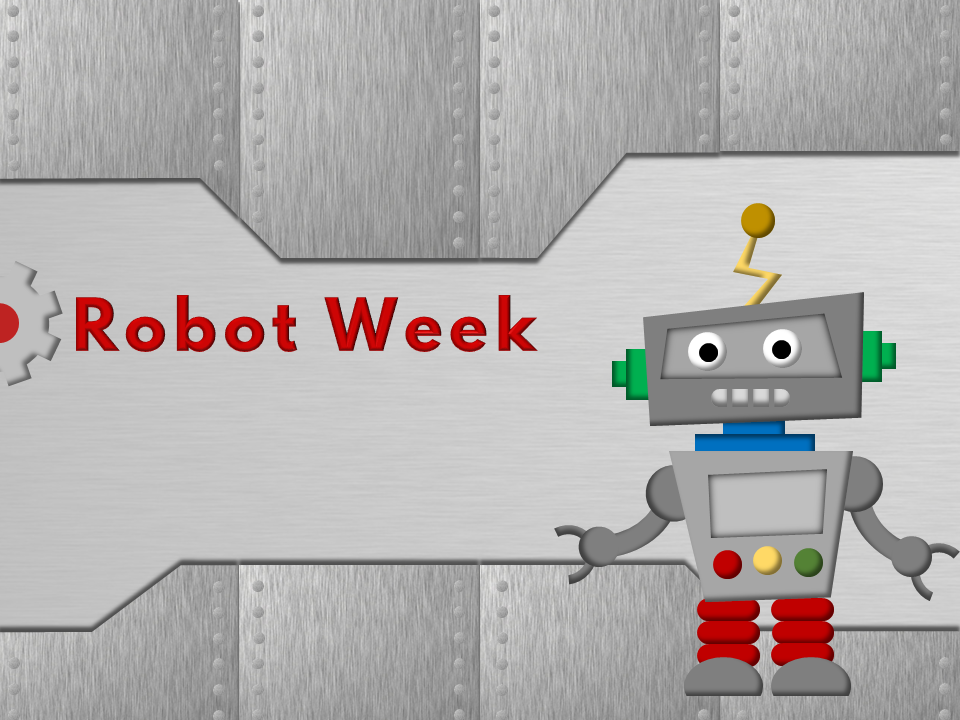
Several weeks into “Mummy School” it was half term week, I was expecting a little break from the home-learning but my son had other ideas! Each week from school they were given a different theme and he requested a Robot Theme for the week (he wants to be a Robot Engineer when he grows up)! Now many of you will know I love robots so I was secretly doing a little dance inside when he made this request, even though there was a lot of planning to do! Luckily, I had some resources from teaching KS3 but they needed to be scaled back considerably to suit a 5 and 3 year old! So my first challenge was to come up with some fun robot-themed activities for the week with just the right amount of educational value without making it feel too much like school (it was half term after all)!
Phonics
I knew I wanted keep up with a basic amount of phonics during the week; my son was making good progress with this and I wanted to keep the momentum going as it had been a struggle in the beginning. To continue his phonics practice we alternated each day between reading “ditty” sheets and captioning pictures, this was significantly less than he would do in a normal week so I figured he wouldn’t mind! (I was right, luckily, as he is now quite keen to learn to read despite finding it tricky). I made special robot themed resources for these which you can view and download below.
Design – Create – Evaluate
We began the week by designing, building and evaluating junk robots made by upcycling old Costa Coffee cups as a base, it turns out this fits perfectly on top of a Sphero robotic ball so after building their own robots the boys were then able to place them ontop of my Sphero and navigate them around a maze, this worked well, although I had an old Sphero which wasn’t compatible with the Sphero Edu app meaning we couldn’t pre-program the controls. We were able to use the old app as more of a remote control instead and the boys still had to think about the instructions they were giving their robots and they had fun! Definitely counting that as a winning activity to start the week! I was also really impressed with my five-year-old’s design skills in this task as he really thought about how he wanted his robot to look and his creation matched his design perfectly. You can download the design sheet below.
We followed up with a simple evaluation discussion, identifying what they liked about their robots and what could be improved; my son identified the fact that it would be good to make the robot talk . . . Which brings us onto another of our activities . . .
. . . Programming Using a micro:bit
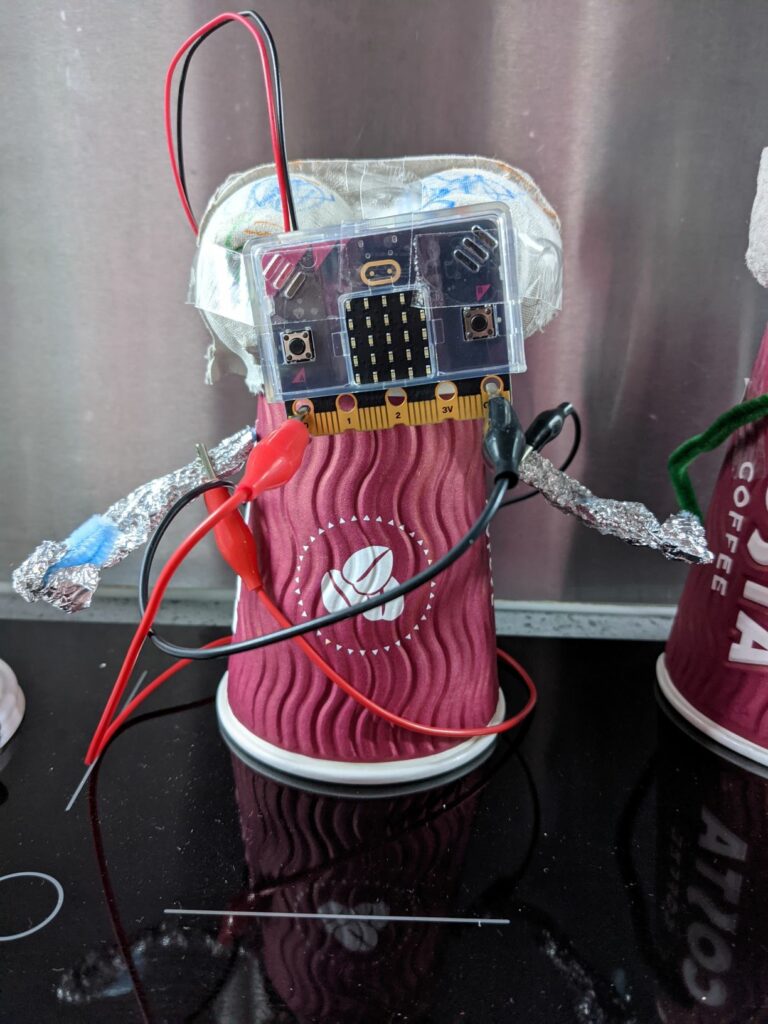
My oldest son loves electronics, we bought him a kit for Christmas and he’s learnt to build several of the circuits himself so he was very excited when I showed him the micro:bit (a pocket-sized computer that has an LED screen, buttons, sensors and input/output features that can be programmed). We attached this to the head of his junk robot and I guided him in the use of Scratch to program a face on the screen and record things to say. We used Scratch as he already had some prior knowledge of Scratch Junior but halfway through I realised some of the features were missing due to us having a micro:bit V2 so probably should have used Microsoft MakeCode, we had enough functionality for what we wanted to achieve but for any future projects with this I think MakeCode may be the way forward, he is not yet a fluent reader so neither option allows for much in the way of independent learning at this stage but he did enjoy sitting down with me looking through some of the features of the full version of Scratch and how it differs from Scratch Junior that he is used to.
Robotic Hand
My boys both love arts and crafts and I found a really interesting activity on Twinkl showing instructions on how to make a robotic hand using card, string and straws, my five-year-old was able to very carefully cut the straws to length and threaded the string through them so the fingers bend when the strings are pulled. My three-year-old enjoyed decorating his hand! I did consider connecting the strings to a Lego motor to control the hand movement but we didn’t get round to it in the end! (This may be a future project!)
Mars Rover Day
Thursday of half term week was the day the Mars Rover was due to land which fitted in perfectly with our robot theme! We spent much of the day learning about the Mars Rover and its mission, firstly through a garden scavenger hunt; finding and putting the stages of landing in the correct order. We also found a really good video on iPlayer from the Maddie, Space and You series explaining more about space robots. Our favourite activity of the day was probably using Scratch Junior to program a virtual Mars Rover. I had the setting and graphics prepared in advance, with instructions on what needed to happen, the boys basically needed to safely land the Rover then navigate it to an alien through a Mars Maze of rocks using the correct blocks. I’d already pre-programmed the rover to reset to its starting position if it hit the rocks so navigating the maze required a bit of trial and error. My older son managed the task, mostly, independently, while his brother watched, then went on to create his own Mars maze and animation! Having the scene ready-made was really handy as it meant he could get straight into the programming with a clear goal in mind, he really enjoyed having a challenge to complete. Scratch Junior is such a fantastic app for children of this age to learn some basic programming skills without the need to read! I can’t praise it enough and will be sharing more of our projects in a future post.
We also enjoyed some colouring activities provided by Nasa of Mars themed pictures and we ended the day by watching the landing (we let the boys stay up a little later than usual to see it!)
Just for Fun
We had a great week learning about robots and had lots of fun too! One afternoon I hosted a cinema experience (with tickets) to watch wall-E while eating popcorn in our darkened living room and we ended the week by creating robot costumes to dress up as robots and perform a robot song the boys had learnt! Not to forget giving out certificates for their participation in Robot Week!
Lets end with the song (sung to the tune of “I’m a Little Teapot”!), by Tara Simpson:
I'm a little robot, Shiny and tall, Here is my laser, Here is my claw When I get all cranky, Sputter and cough, Just flip the switch, And turn me off.
I hope you enjoyed this post, let me know if you use any of the ideas or resources either in the comments or on Twitter – I’m @GeekyNicki
